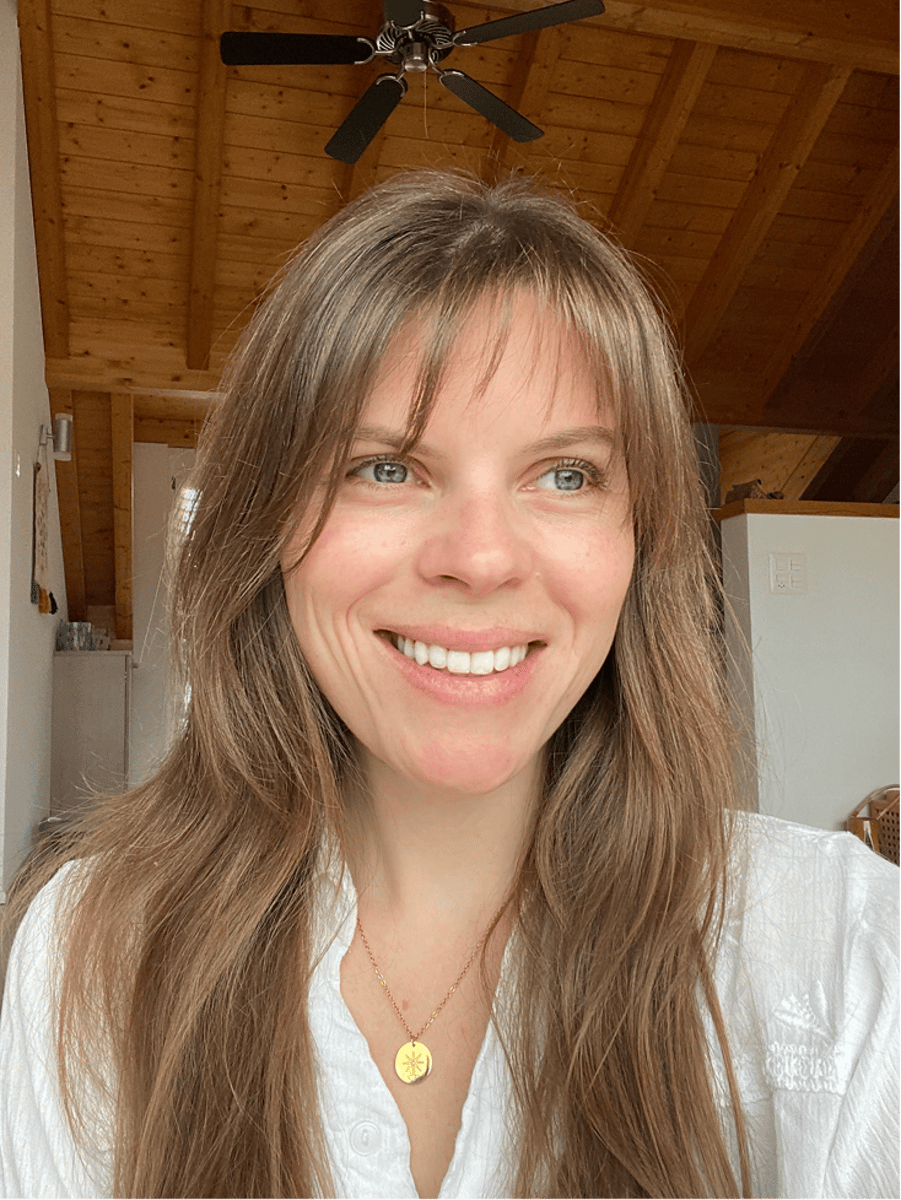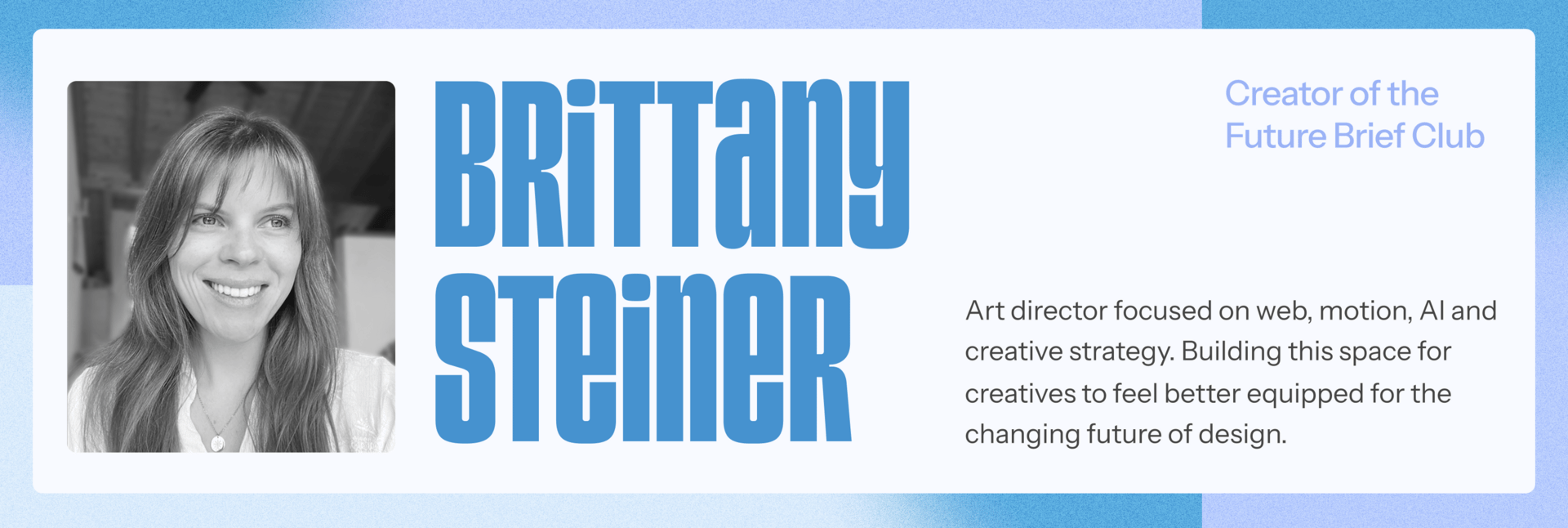

Creativity in the Age of AI
For a while, I really thought AI would replace me as a designer. I even started daydreaming about backup plans like starting a tea business or learning ceramics. Surely AI or robots wouldn't take over those too… right?
But underneath, what I felt most was disappointment. I had taken finding my career seriously. I didn't want to chase money or status. I wanted work I actually enjoyed. So the idea that something could just come in and take over? It felt unfair. If AI was going to replace me, I wasn't going down without trying to hold on for as long as possible.
Still, pushing forward wasn't easy. The internet was loud with "AI will replace you" takes, and I hadn't actually used any of it myself. My opinions were based on fear and speculation, not practice. Meanwhile, other creatives were experimenting, but few showed how they were doing it. I didn't know what using AI looked like inside real client work. Would it really replace me? Could it?
That question haunted me. The future of creative work is clearly shifting, but no one knows how. And how do you prepare for a future you can't define?
Eventually, I realized the only way forward was through experimentation. I started using the tools, testing, playing, learning, and applying it to actual client work.
What AI Can and Cannot Do Alone
One misconception around AI is it would instantly produce polished work. In reality, it needs not only a creative brain to guide it, but a patient one at that. On a client project, for example, we needed product images that couldn't be photographed. AI helped us create them, but it wasn't a one-click solution. It took prompting, art direction, and hours of refining before the results matched the brand. There was a layered approach of using AI image generation, then human generation in Figma, and the combination of the two resulted in a cohesive brand photography.
That's been the pattern. AI is incredible for ideation, simple asset generation, and building things piece by piece. But hand over the full process? The cracks show. When I tried, the results were flat and generic. There is a whole other world to explore with generating images or designs. There are tricks and tools that people vaguely mention online, and I am on a mission to learn about them. When I do, I will share it with you here.
Why Creative Direction Still Matters
Over the past year, I have seen more clients open to AI for writing, imagery, even illustrations. But in every case, it still needed my direction. Could it one day work on its own? Maybe. But are CEOs or founders going to take time to become designers, strategists, and prompt engineers? Maybe some, but definitely not enough to replace us all. We still hold enough value if we learn the new skillsets for the future briefs.
Here is What I Have Learned
If you are a creative feeling anxious, start experimenting. Do not rely on the loudest voices online. Try the tools. Notice where they help and where they fall short. You will likely be surprised at both.
The future of creative work is shifting. But instead of bracing for impact, we can be part of shaping it. That does not mean rushing to automate everything. It means staying curious, keeping the door open, and remembering that real human creativity still matters more than ever.

Check out what other creatives are doing
Superside has fully leaned into AI, and they’re not afraid to talk about it. In their recent post, they showed how the human touch of AI generated work makes a big difference.
🔗 View the post
Creatives like Filip Greš and Zach Stevens are showing their experiments of their work vs AI. The results are definitely worth looking at!
🔗 View the post


